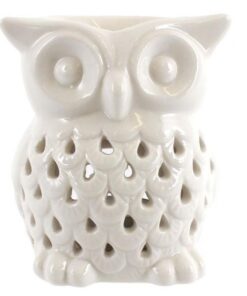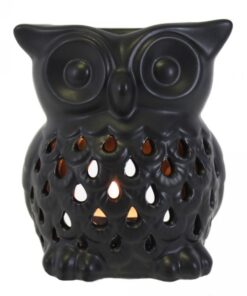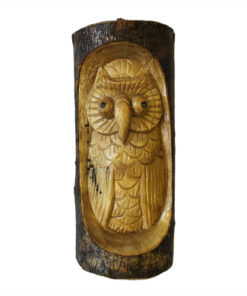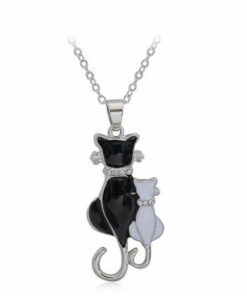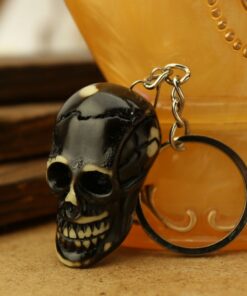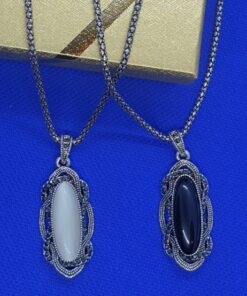No products in the cart.
-66%
VARSTI SAABUMAS!
Stories of Estonian hells
Original price was: 29,00 €.10,00 €Current price is: 10,00 €.
Estonia’s landscape is dotted with many beautiful spots where sandstone or limestone outcrops, in which nature has carved mysterious caves. These caves, known as caves of hell or caverns of hell, appear to be the entrances to the underworld, or hell, and are said to be inhabited by old dragons. Impressive cave-grottos have been the ornament of grand manor parks, many of which have provided shelter in times of turbulent warfare and have been used as cellars or storehouses.
- Dimensions: 160 × 210 mm
- Published: 27.05.2021
- 214 pp.
- hardcover
1 in stock
Estonia’s landscape is dotted with many beautiful spots where sandstone or limestone outcrops, in which nature has carved mysterious caves. These caves, known as caves of hell or caverns of hell, appear to be the entrances to the underworld, or hell, and are said to be inhabited by old dragons. Impressive cave-grottos have been the ornament of grand manor parks, many of which have provided shelter in times of turbulent warfare and have been used as cellars or storehouses.
Over the years, some of the caves, carved or carved into the sandstone, have caved in, and you can get a sense of their former glory by looking at old photographs or reading folklore-based texts. This book will take you on a journey to the sites of hellish lore. Places need stories and people to tell them, because only then will the places and the stories associated with them remain alive and in memory, even when the landscape itself has changed.
MARJU KÕIVUPUU, folklorist and cultural historian, is a Senior Research Fellow at the Centre for Landscape and Culture, Institute of Humanities, Tallinn University. She has researched the relationship between humans and the natural landscape and cultural heritage, as well as the culture of death and folk medicine.
Kõivupuu is a regular guest on many TV and radio programmes on culture and folklore, and is the first woman to be a member of the “Mnemotournament” team. She has published a number of books, including “101 Estonian Shrines” and “The Estonian Life Cycle”




